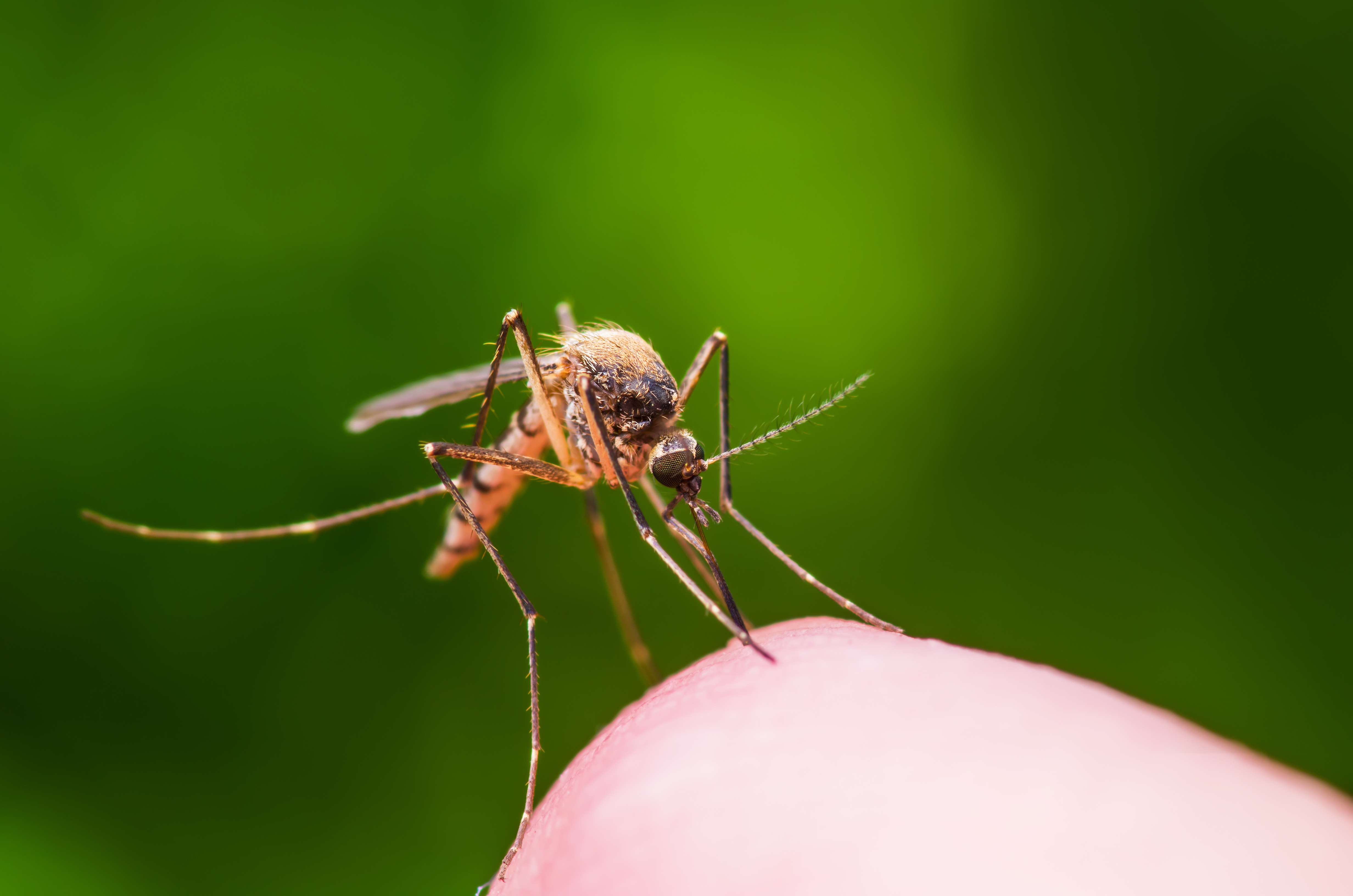A new review discusses how host organisms dominate bacteria populations in their systems to maintain overall health.
Mutually beneficial relationships between bacteria and animals are extremely common in nature, especially so for many of the insects on our planet. The partnerships formed between insects and bacterial symbionts aid the supplementation of an insect’s specialised diet with micronutrients, boosting their chances of surviving and reproducing. As an insects act as ‘host’ for these ‘obligate’ microorganisms, they typically cannot survive themselves outside their host tissues.
A scientist from Macquarie University, in collaboration with researchers from the University of Bristol and the University of Oxford in the United Kingdom, have recently reviewed the evidence that hosts have tight control over the density of their obligate, intracellular bacterial partners.
“Symbionts that live within the cells of their hosts are widespread among insects and may be found in up to 40% of all insect species. Better understanding how insects regulate symbiont density is an important question,” said Dr Fleur Ponton, co-senior author on the paper from Macquarie University’s Department of Biological Sciences.
“Symbionts often provide essential nutrients to the host which the host cannot synthesise on its own nor obtain from its diet. This relationship between insects and symbionts has allowed many insects to feed on diets consisting exclusively of one food type. For example, aphids feed only on plant sap, termites on woody material and tsetse flies on blood,” said lead author, PhD student Mathilda Whittle from the University of Bristol.
While the benefits of hosting symbionts are well understood, there are also costs, such as providing energy and nutrients to maintain a symbiont. Both benefits and costs potentially depend on the size of the symbiont population. As an example, the well-known symbiont Wolbachia provides anti-viral protection to its mosquito host for viruses such as dengue, Zika, and chikungunya but the effectiveness of this protection can depend on the density of symbionts within the host.

Although studies have attempted to determine how costs and benefits scale with symbiont density, these relationships are still not well understood. The net benefit of participating in a symbiosis is also dependent on the ecological context, which is subject to change. “Given this variability in costs and benefits, it is probably useful for the host to have some control over the number of symbionts it has so it has control over the cost:benefit equation,” said Dr Ponton.
The researchers, in their paper published in Proceedings of the Royal Society B, highlighted that current experimental procedures limit scientists’ ability to investigate the context and symbiont density dependency of host’s health due to the strong partnership between host and symbiont.
“Theoretical approaches offer a powerful tool for investigating aspects of these symbioses. For instance, the overall health and fitness effects of symbiont density under different contexts like temperature and the adaptive nature of these host insects in regulating symbiont populations,” said Dr English, co-senior author on the paper from Bristol University.